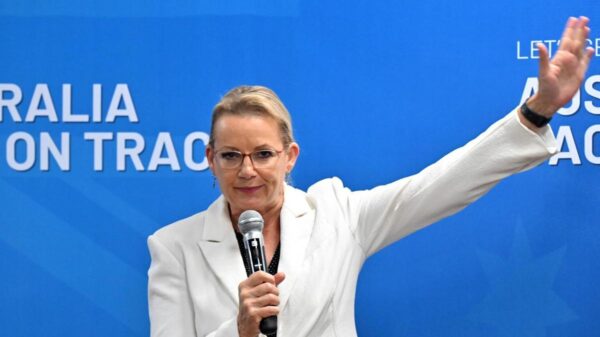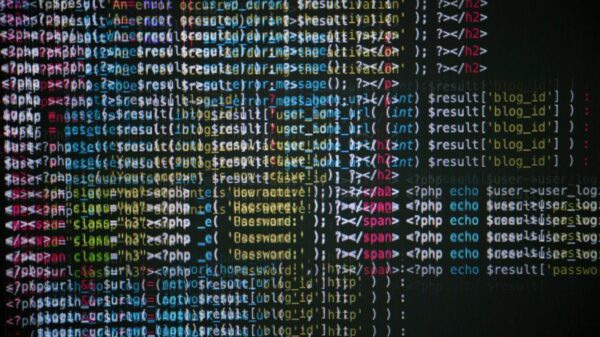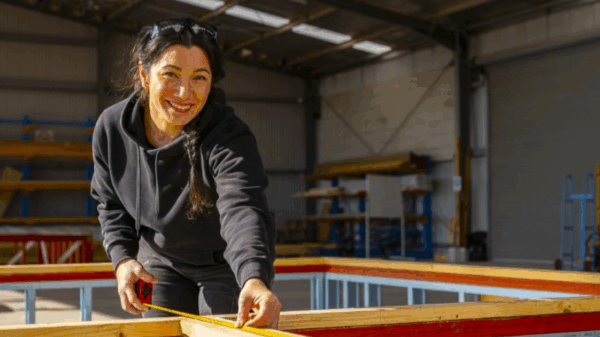A collaborative research team has achieved a significant advancement in the measurement of photoneutron cross sections, a crucial aspect of nuclear physics. They introduced a novel substitution measurement method that utilizes natural copper, or natCu, to accurately assess the reaction cross section of the 65Cu(γ,n)64Cu reaction. This innovative approach eliminates the need for costly and complex high-purity isotope targets.
The method relies on existing data from copper-63 (63Cu) and does not require modifications to experimental facility parameters. As a result, it presents a more straightforward, efficient, and cost-effective solution for conducting nuclear measurements. This breakthrough is expected to facilitate further research in the field, making high-precision measurements more accessible to laboratories with limited resources.
Efficiency and Cost-Effectiveness of the New Method
The research team’s approach significantly reduces the financial and technical barriers associated with nuclear reaction measurements. Traditional methods often necessitate high-purity isotopes, which can be challenging and expensive to produce. By leveraging existing data and relying on natural copper, the team has created a pathway that could democratize access to precise nuclear measurements.
This method not only streamlines the measurement process but also enhances the reliability of the results. The accuracy achieved in measuring the 65Cu(γ,n)64Cu reaction cross section sets a new standard for future experiments. Researchers anticipate that this will lead to more comprehensive studies of nuclear reactions, which are essential for a variety of applications, including nuclear energy and medical technologies.
Implications for Future Research
The implications of this research are profound. High-precision measurements are vital for understanding nuclear processes, which can have far-reaching effects in both scientific and practical domains. By making these measurements more accessible, the joint research team is paving the way for improved knowledge in nuclear physics.
As the field progresses, the adoption of such innovative methods could accelerate advancements in nuclear technology. This includes enhancements in safety measures for nuclear power generation and the development of new medical imaging techniques that rely on precise nuclear reactions.
The findings were published in October 2023, marking a pivotal moment in the field of nuclear measurements. As more researchers adopt this method, the potential for groundbreaking discoveries in nuclear science will likely expand, benefiting both academia and industry alike.






























































